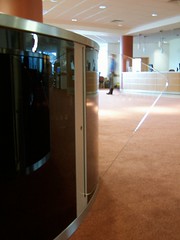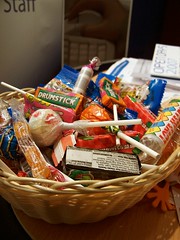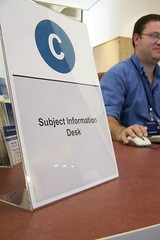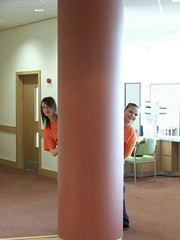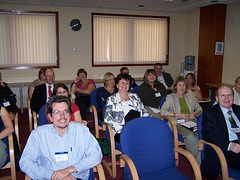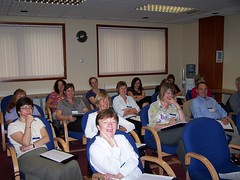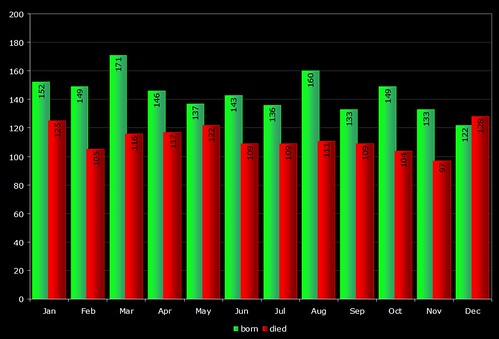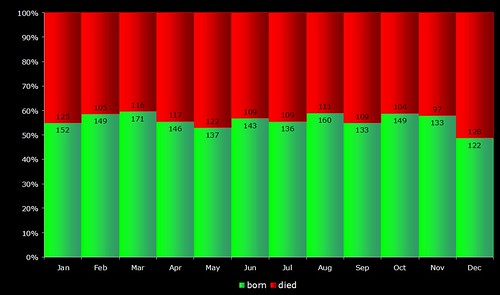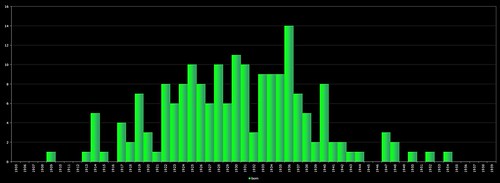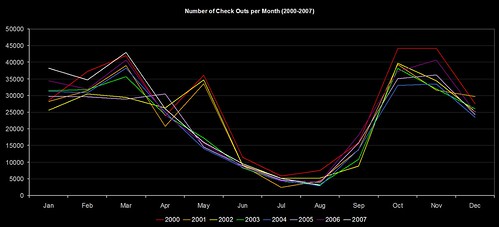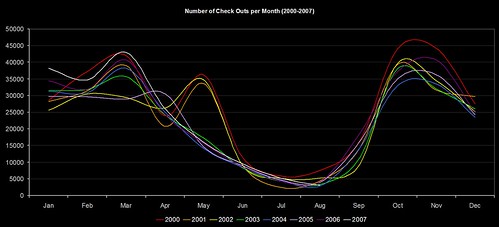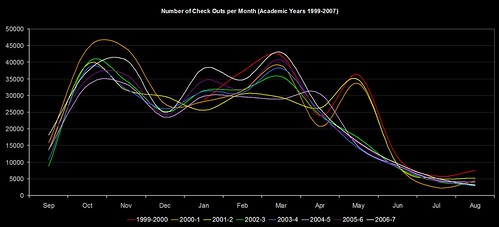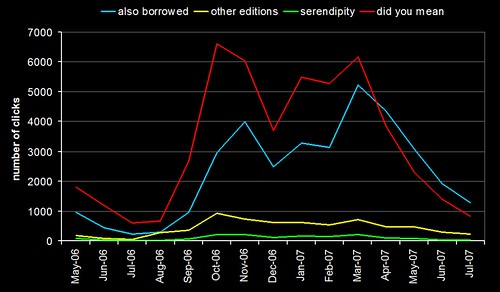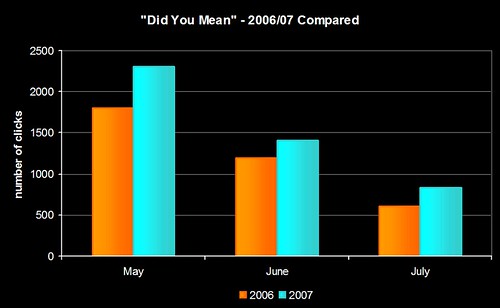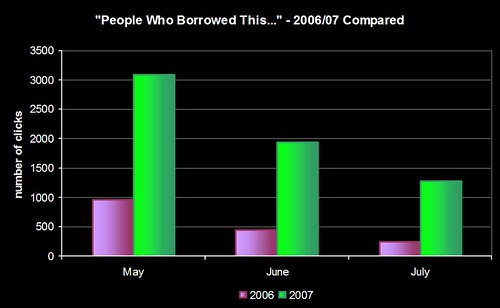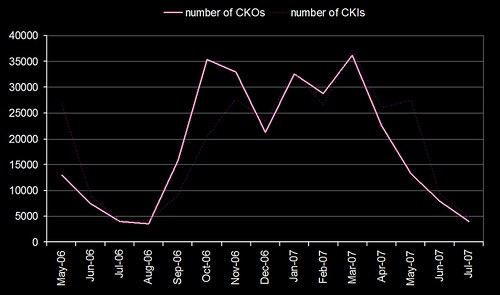The entrance floor of the University of Huddersfield Library has been closed all summer for a major refurbishment. Today, we opened the doors to the “Student Centre” (the new name for the entrance floor) in time for Welcome Weekend and the start of Fresher’s Week.
Apart from the refurbishment, the new Student Centre hosts service points for the various Student Services which were previously housed elsewhere in the Central Services Building. This is great news for our students, as the majority of the services they require to support them during their studies are now in one place.
Even more exciting (for me, anyway!) — we get delivery of our new RFID book sorter on Monday morning 🙂
You can see all of the images from this morning in this Flickr set (or as a slideshow). Here are some of my favourites…
We’ve even managed to tweak our OPACs so that the screensaver matches the new colour scheme 🙂
